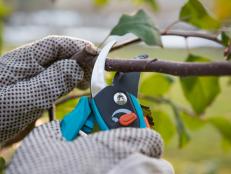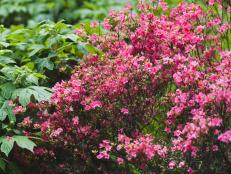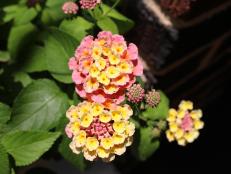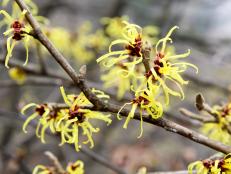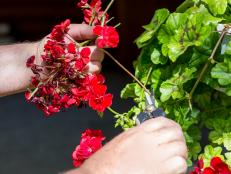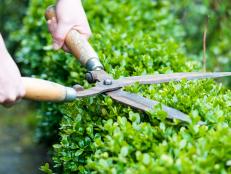Pruners Beware

Ed. note: The following column, which appeared in The Herald-Sun (Durham, N.C.), was written by horticulture agent Paul McKenzie. Although crepe myrtle isn't a universal plant, his advice is:
Although it's never been proven that plants can think, I sometimes wonder if they are smarter than people. Pruning season brings this thought to mind like no other time of year.
It's undeniable that people do dumb things to their plants. Yes, I'm guilty myself, and if you are of the mindset that pruning is all about fighting back overgrown shrubbery, then you may be guilty, too.
Here's an example. In my old neighborhood, there was a row of ligustrums growing beside a sidewalk. This is a very large, fast-growing shrub that easily reaches 25 feet at maturity. This row of shrubs was being pruned to a height of about three feet. Forget annual pruning — these were being hacked back six times a year.
The primary purpose of pruning is not size control. It is to improve the appearance and health of your shrubbery. It is a craft that requires good tools, a studious eye and an appreciation for the way plants grow.
Here's the rub; pruning does not stop plants from growing. It merely directs the growth. Before you make a cut, ponder where you want growth to occur. If you shorten a limb or branch, growth will occur at the first bud below the cut. The orientation of the bud will tell you the direction of the new growth.
That said, sooner or later we all face overgrown shrubbery. Maybe it was there when we moved in, or the plant label lied about the full grown size of the plant. Perhaps the landscaper was guilty of planting things too close together to achieve the instant landscape effect.
Oftentimes the best approach in this situation is to prune the shrubs back to the ground. Yes, it can be risky, especially if you don't check with your wife first. It might be risky for the plants, too. But if dead plants make you sad, then you're missing out on one of the great joys of gardening. Dead plants are opportunities for new plants.
The poster child for stupid pruning practices is the crepe myrtle. There is a common belief that crepe myrtles must be butchered each year. Many people cut them back by half or more on an annual basis. I could almost accept this if most of these innocent plants were growing in a confined space where size control was an issue. But we're talking about plants in wide open spaces with plenty of room to spread.
Maybe they think pruning this way increases flower production, which is doubtful at best. It could be argued that this is simply a matter of taste, since crepe myrtles have survived this brutality for years. Except that you're missing out on half of the ornamental characteristics of the tree, the long graceful trunks with smooth bark.
I was thinking about organizing a group of people to chain themselves to crepe myrtles to stop this horror, but then my wife reminded me that I still haven't cut back the overgrown shrubbery. I guess my weekend is full. Find a cause you really care about and you just don't have time to do anything about it. Maybe I could send a check. I hear someone's starting a farm for rescued crepe myrtles.







